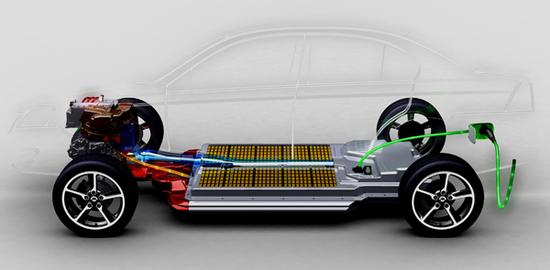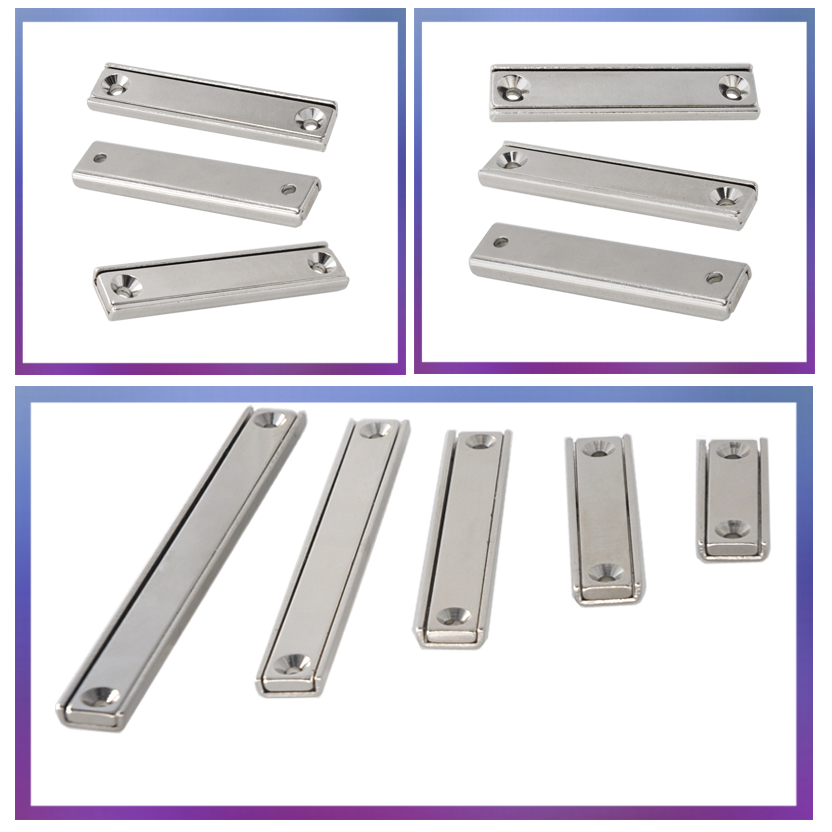However, today's supercapacitors have a disadvantage: the BOPP diaphragm (a bi-directional polymer) used does not work under high temperature conditions, especially for automotive applications, where additional refrigeration equipment is required. This problem also leads to an increase in the weight and manufacturing costs of the car.

Previous research has focused on two-way thin film composites synthesized from nanoceramics and high molecular polymers. Although the composite is resistant to higher operating temperatures and achieves better charge and discharge efficiency, there is also a significant disadvantage: a lower dielectric constant or a tendency to decompose under an applied electric field. This can make the energy density of the battery unacceptably low.
Currently, researchers at the University of Pennsylvania are developing a sandwich composite called SSN-x that can be used not only at high temperatures but also with a high dielectric constant, and the researchers published their findings in 8 On the 22nd of the Proceedings of the National Academy of Sciences.

Wang Qing, a materials scientist and principal researcher at Pennsylvania State University, said, “In the past, people focused on two-way film materials and changed the material properties by adjusting their material composition. Now we look at the three-way structure, which is for us. There is more room to adjust material composition and optimize material properties."
In the experiment, the researchers found that the SSN-x composite can work at 150 ° C (this experimental temperature is enough to withstand the test of the working temperature of electric vehicles). In the experiment, SSN-x composites withstood 24 Hours, and as many as 30,000 consecutive charge and discharge tests, there was no evidence of deterioration of charge and discharge. At high temperature, the performance of SSN-X composites is far superior to the most advanced high-analytical polymers in terms of energy density, power density, charge and discharge efficiency, and charge and discharge times before material decomposition.
“At the moment, we hope that this material can be mass-produced at an economical cost,†says Wang Qing, who also wants to work with electrical engineering and systems engineers to explore ways to effectively integrate this material into hybrid and pure electric vehicles. ".
Magnetic Channel Assembly
Description
Neodymium Channel Magnet has 65 lb holding power, a strong magnet encased into a nickel plated steel channel with adhesives.Steel and magnet will concentrate a magnetic circuit which enlarge the holding force to 65 lbs at the bottom of the magnetic circuit. The steel channel also protects the magnet from being damaged when frequently used.There are two axial holes on the steel so someone can easily fix it onto a wood or plywood shelf or metal cabinet,door or fence.
The 65 lbs holding power is direct pull force when directly attract to a thick steel surface.The great holding strength of 65 lbs is used to hold many things. Vehicle license plate,banner or sign, door,cabinet...A strong Neodymium Magnet is set into a plated steel channel with holes or threaded nuts for mounting.
About Neodymium Magnets:
Neodymium magnet is one of rare earth permanent magnets. Neodymium magnet is also known as Ndfeb Magnet , or neo Rare Earth Magnet. Since it's very strong, people also simply call it Super Strong Magnet or super powerful magnet.
Neodymium magnet,also known as strongest rare earth magnet,was a magnetic alloy which magnetism could exist for more than 60 years, thus neodymium magnet is also be called as strong Permanent Magnet . The main element of the magnet include neodymium (Nd), iron(Fe) and boron(B),so people also call them NdFeB or Nd2Fe14B.
Since neodymium magnets are very easy to get corrosion,thus surface plating is important,The surface treatment of the neodymium magnet is triple NiCuNi coating which is heavy and thick duty.



Neodymium Channel Magnet
Neodymium Channel Magnet, Channel Magnet, Rectangle Channel Magnet, Magnetic Channel Assembly
NINGBO SHINE MAGENETIC TECHNOLOGY CO.,LTD , https://www.shinemagnets.com
